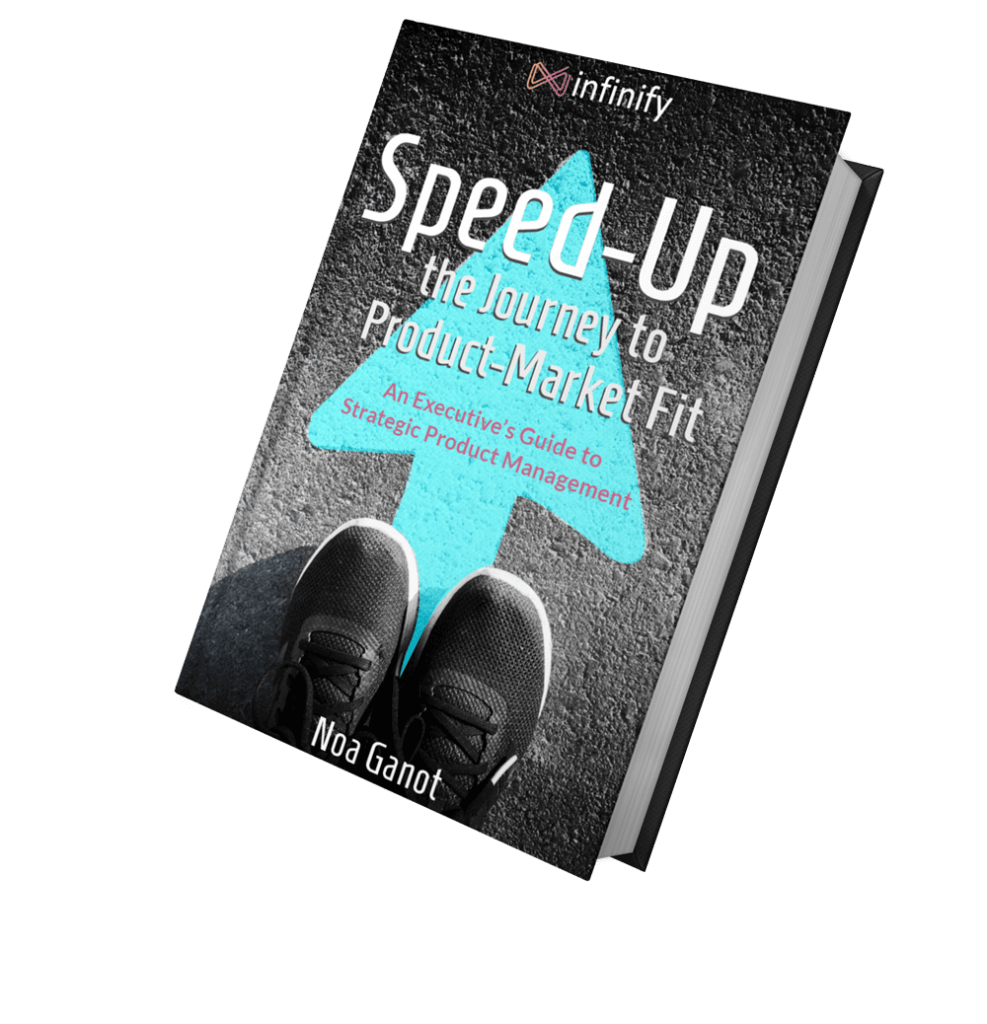A VP of Product at a startup I work with recently asked me a familiar question: “How do I get my product managers to spend time on important things like competitive analysis or documentation? They know these things matter, but they always get buried under execution.”
It’s a classic dilemma for product leaders. Important work that lacks immediate urgency quietly slips to the bottom of the list. Teams are busy, but somehow, the groundwork that would improve their judgment and decisions never quite gets done.
The VP was hoping I’d suggest a new process or checklist to keep these tasks on track. But a process alone won’t solve this. The real problem isn’t prioritization. It’s ownership. If your team sees these activities as chores outside their core mission, no framework will fix it. If they need it in order to do their job, they’ll make time without being asked.
This isn’t about imposing more discipline. It’s about reshaping what “doing the job” means for product managers. Let’s look at what that shift requires and how to make it stick.

Make It a Need
No one learns what competitors are doing just because it’s considered good practice. “We should do competitive analysis,” sounds reasonable in theory, but in reality, it’s never a priority.
If you try to enforce it on your team with a process, for example, by stating that each PM should invest an hour a week in competitive analysis, you’ll find yourself in a constant uphill battle.
Instead, you need to tie it directly to the core work of your product managers. Why do they need to do competitive analysis? How does it help them make better decisions in their current projects? What blind spots will remain if they skip it?
The conversation, then, isn’t about enforcing a discipline called “competitive analysis.” It’s about identifying specific gaps in their understanding that will materially affect the work they’re doing right now. Ask: What decisions are we making today where not knowing what competitors are doing would create real risk?
It could be big or small: Understanding competitor positioning and pricing can help navigate strategic decisions and increase your win ratio, but sometimes the mere knowledge of whether a certain competitor has a specific feature and how well it’s supported can make a ton of difference.
When you make the connection explicit, you turn these tasks from optional extras into core tools for better judgment.
Raise the Bar
Once you’ve established why this work matters, not as a best practice but as a critical input to real decisions, it’s your responsibility as a product leader to raise the bar on how rigorously your team does it.
It’s not enough to tell your PMs to “make sure there’s competitive analysis in the PRD.” You could add a section called “competitors” to every document template, but that alone won’t drive better thinking.
Your job is to make sure they’re not just documenting information but using it to sharpen their decisions. Hold them accountable by asking questions about the competition when this information is indeed needed in order to make a better decision or gain a deeper understanding of our customers.
These questions are not the same in every conversation or for every feature. You must understand what you need to know and how it would impact the decision, and ask it accordingly.
For example, for product-market fit purposes, a great question would be who the real competitors are, including products from other categories and alternatives like doing nothing or developing in-house tools.
But for giving your sales teams the best battle cards against certain competitors, you might need to know if they have a specific feature that you find unique or not, how well it is supported, etc.
Because you’ve already made the connection between these questions and better outcomes, this is no longer a program management exercise. It’s part of the conversation about product quality, differentiation, and customer value.
Raising the bar means setting a standard for the depth of insight and analysis you expect. It also means not letting your team settle for surface-level answers. If you want your PMs to internalize this as part of their craft, they need to see that you care, that you ask thoughtful questions, and that if they don’t have good answers, they are unable to do what they know they need to do anyway.
It’s Only Important When It’s Important
Here’s the other side of this: not everything that’s important needs to happen all the time. Take roadmap planning as an example. In theory, you could spread it throughout Q3 and enter Q4 calmly with a fully baked plan. But that almost never happens, and that’s perfectly fine.
Roadmap planning naturally kicks into gear when the need becomes real. Maybe it’s time to make hiring decisions for next year, teams start asking what’s next, or you realize you must check that your strategy still holds. There is no point pushing it earlier just because it seems more efficient. In fact, doing it too soon can mean working with outdated assumptions by the time the year actually starts.
The same goes for competitive analysis. Sometimes it simply is not important. If the main alternative that you fight against in the market is building in-house solutions, learning what other competitors do isn’t a must.
In other cases, the gap is so significant that you want to make it a team priority as a one-time effort. For example, if you see that the competitive landscape has evolved and you find yourself battling against competitors you know nothing about, it might even make sense to set aside the next two weeks for everyone to investigate a different competitor or angle. That way, you build a shared baseline that gives you the immediate answers you need, but also makes it easier to keep updating going forward, since updates are incremental and useful.Remember, if you try to enforce important but not urgent work through process alone, you will always need to push it yourself. Instead, focus your energy on connecting the dots so your team understands why it matters, raise the bar so the discussions indeed are at that level, and the rest will follow naturally.











